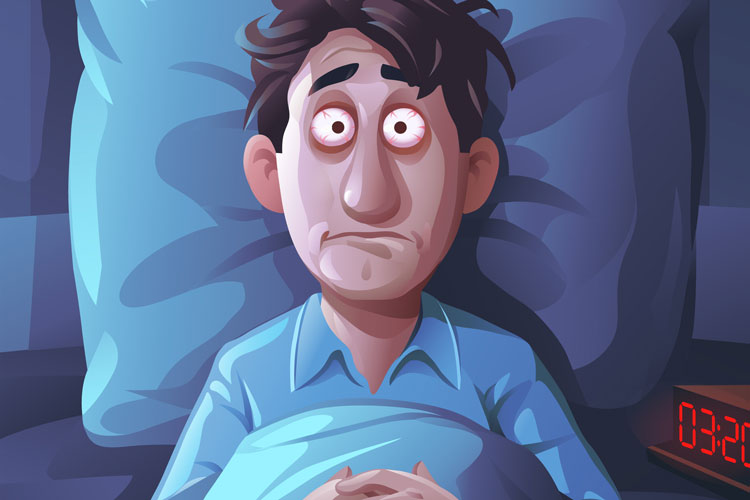Sunshine
Pigeons
3 men standing 6 feet apart from each other having a conversation on the sidewalk
Several storefronts closed and dark
My view from my home office window is different these days.
Also gone is the sound of constant Manhattan traffic, the seemingly incessant sirens of police and ambulances, voices from commuters walking the sidewalk and the overall hum of a busy city street. Things are quiet (except my husband on a conference call in the other room…why is he yelling?).
Funny how we often think this is exactly what we want. Don’t we all say, “if only I had some time to myself”, “I just need some peace and quiet”? And now we have it. I have been viewing a lot of suggestions on social media on what we can do right now. There are thousands of ideas being posted from creative people and I am loving the fun and playful suggestions most of all. DJ’s and musicians are playing live concerts, museums are giving virtual tours, fitness instructors are training people online and many of us are video chatting with people all over the world.
However, I am also seeing the posts about anxiety, worry, loneliness and sadness. We can get consumed with the idea of “doing” things to distract ourselves right now. We are making lists and setting goals so that we can accomplish something during this time of staying home.
But as a psychologist I am concerned about all of the suggestions on “what” to do and the fact that I’m not seeing as many posts on “how” to be.
Anxiety is normal and I would be shocked if people weren’t experiencing it at a great degree right now. I feel like there is a collective anxiety in the world that we can all easily tap into, which can then magnify our own sense of worry. But instead of telling you “what” to do to take your mind off of it, I want to do something somewhat controversial and ask you to allow the anxiety and then as a result allow the information it has for you.
All emotions are information. When we feel a certain way it is our mind telling us important data about how we are doing. When we feel happy about something, isn’t it great to just sit back and enjoy the feeling? Maybe we do a little happy dance, or share the good feeling with others? But when we feel anxious or sad we are more likely to try and dismiss the feeling, to retreat and isolate. People will even tell you, “don’t be anxious”, or “it is ok”, “no need to worry”. I don’t know about you but that never seems to help me. Tell me not to think about something and that is a sure fire way that I will be thinking about that for the next several hours.
I get it. Anxiety doesn’t feel good. Who wants to welcome that feeling into their body and experience all that it brings with it? Worry, obsessive thoughts, sleeplessness, appetite problems, and physical tension are just some of the lovely guests that anxiety can bring to the party when we feel it. The problem is that the more we ignore it, or try to push it down or away, the stronger it seems to comes back.
Ever notice when you have an issue you are worried about? You tell yourself not to worry about it and maybe you are successful at putting it out of your mind for a while. But then when you have some quiet time or you stop to relax, suddenly you are flooded with the problem and all of the unwelcome guests that it brings with it? It is as if the worry has gained strength from the time it has spent out of your conscious thought.
So what to do instead? As I said, we have to allow for our emotions, even the unpleasant ones because it is how we truly feel. We must allow for these real feelings and address them in order to move forward.
I’ve spoken about a simple exercise that helps me, so forgive me if you have already heard me speak about it but if you are like me it is a nice reminder. This activity is a constructive, active and productive way that helps me when the anxiety is rising up again and again and I’m sliding into useless worry. (Worry!!!! That is another blog post coming up!)
If you can, think of a single concern you have right now. This is most successful if you pair down your concern from a large global problem and identify a smaller more intimate concern specific to you. I’ve spoken about my elderly in-laws that live far away and my concern over their well being so I will use this as an example.
Now take that concern and list all of the factors that contribute or influence the challenge. In my situation it would be the federal government instructions, the local government restrictions, the airlines, my in-laws, and me. Then I give each factor a percentage so that I get a total 100% at the end. In this situation I give myself about a 10% contribution toward the overall concern of my elderly in-laws. I have no influence, nor control over what the federal or state government decides are best practices. The airlines are not asking my opinion about how and when to fly. My in-laws are grown ass people and have their own opinions about how to live their lives. So all that is left is my little corner of the issue and my control and responsibility for that.
I don’t know about you but that instantly makes me feel better and more focused. Now I know that the other 90% of this concern is not going to be my problem and more importantly is useless to worry about. But it doesn’t stop there. I have 10% to get involved with!
So my 10% of this concern is how I can influence my issue. I write down ideas I have about how to help my in-laws within my limits. My list includes, calling them more often, enlisting other family members to call them more often, sending gifts to brighten their day, and organizing a grocery delivery service. Immediately as I begin to make my list, my anxiety begins to lessen.
The key thing to notice here is that the anxiety is lessening as you address the concern, not by ignoring the problem or telling yourself not to worry.
The anxiety is lessening due to action.
But one more thing! Now try to go from the micro concern of your elderly in-laws and think of the macro issue of all elderly people. Are there things I can do locally to help elderly people that I am unable to do for my in-laws who are far away? Can I run errands, pick up medications, check in on neighbors? What can I do in a more global way to help those that are nearer to me but may have friends or family members far away with the same helpless feelings as I have?
Now my list has grown and I have a plan. I have action items and the best part is they are useful and completable tasks. I can do something!
Ever notice how worry takes you down a rabbit hole of problems and concerns that you can’t do anything about? And then if that isn’t good enough, often it adds on old issues from your past just to make the weight is a bit heavier. Ever find yourself awake at 3am worrying about something that happened 10 years ago? We all do it and it is useless!!!!
So try this simple exercise if you can. I often tell people I work with that changing our perspective is like turning an ocean liner. Many of us have long standing and habitual ways of thinking that we are very comfortable with. In fact, we are so comfortable with our way of thinking that we hardly notice that we are choosing to view the world and our role in it a certain way. But we are choosing and we must be diligent to help ourselves see things in a different more helpful way for ourselves and our mental well being.
Take care and we’ll speak soon.


